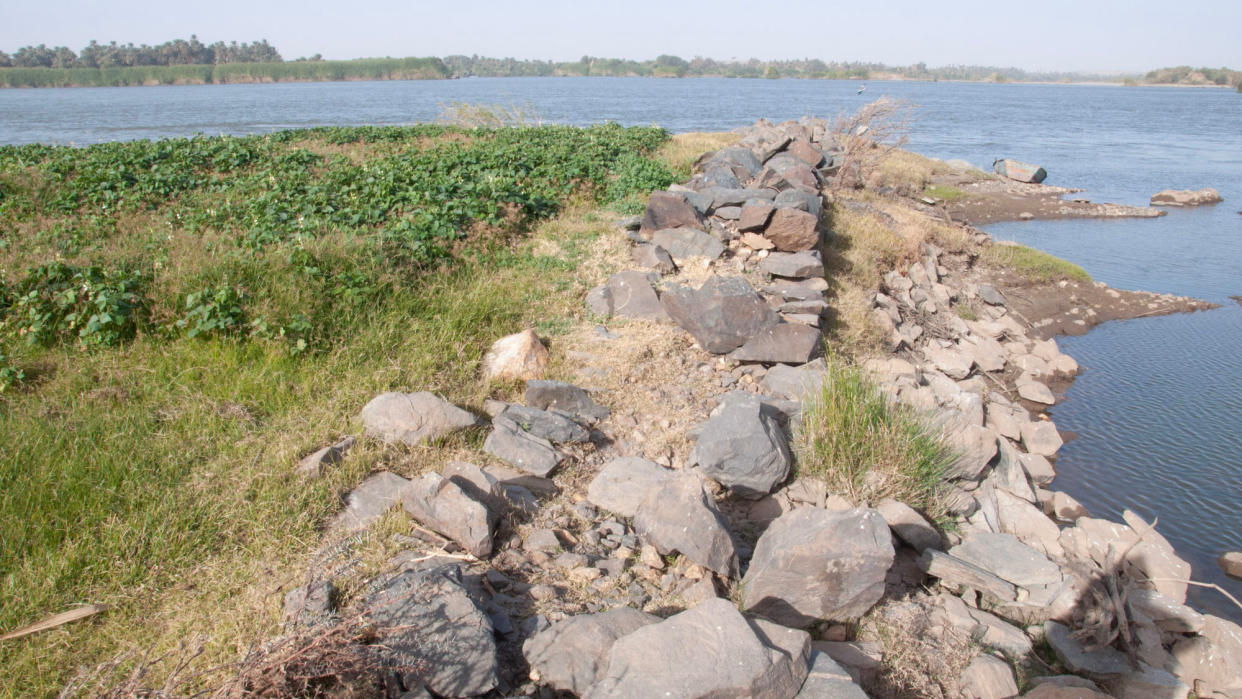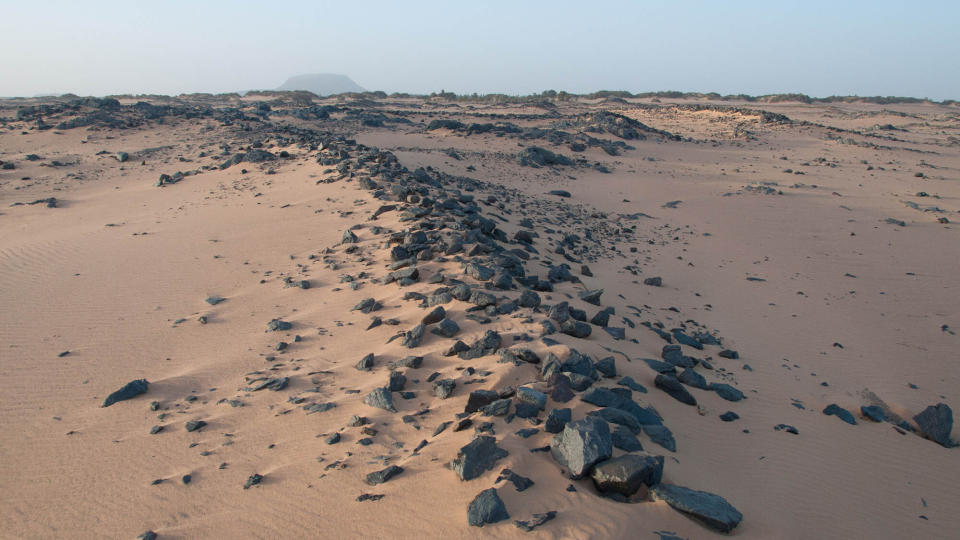Evidence of ancient hydraulic engineering discovered along Nile

A vast number of stone walls spread across more than 600 miles (1,000 kilometers) of the Nile River were constructed over a period of 3,000 years and "functioned as flood and flow control structures," new research reveals.
The walls, called "groynes," stretch from the first cataract of the Nile River, in what is now Egypt, to the fourth cataract, in what is now Sudan. To study the groynes, researchers used a mix of satellite and aerial photography, as well as ground survey and archaeological excavation. They looked at aerial photographs of the region taken decades ago to document groynes that are now heavily damaged or destroyed, as well as interviewed local people. In total, the researchers documented more than 1,200 groynes, the team wrote in a paper published May 27 in the journal Geoarchaeology.
The groynes appear to have been built over a span of thousands of years. Some examples found near the ancient site of Amara West, in modern-day Sudan, date back more than 3,000 years, but others are only decades old. Some may have been constructed when ancient Egypt controlled the area, while others were built at a time when the Kingdom of Kush, or various other states flourished in the region.
"Around 10% of the groynes we surveyed have a distinctive construction technique also seen in medieval stone buildings in the area," Matthew Dalton, a research associate at the University of Western Australia and lead author of the paper, told Live Science in an email. "Some were built in living memory, as recently as the 1970s."
Related: Vanished arm of Nile helped ancient Egyptians transport pyramid materials

The sizes of the stone walls vary. Some are small and were likely built by an individual or small group in a matter of days, Dalton said, while some are immense. One example, found at an ancient site called Soleb in modern-day Sudan, is about 2,300 feet (700 meters) long (and 13 feet (4 m) wide, and is made of quartz boulders weighing 220 pounds (100 kilograms) or more, Dalton said. The wall's height in ancient times is unclear, but based on its remains, it would have taken at least 1,680 tons (1,520 metric tons) of quartz to build it, he added.
Modern-day farmers in the region that researchers interviewed said that walls like these help capture silt from floods, which makes the soil more fertile. The walls also help prevent erosion by the Nile River, the farmers said.
related stories
—110 ancient Egyptian tombs, including baby burials, found along Nile
"The groynes that the team describe from the Nile Valley are very interesting and [consistent] with observations of other water-management systems across Egypt during the period [in ancient times]," Judith Bunbury, a geoarchaeologist at the University of Cambridge who wasn't involved in the research, told Live Science in an email.
Some of the groynes appear to date to the Kerma period, which lasted from roughly 2500 B.C. to 1500 B.C., said Julia Budka, a professor of Egyptian archaeology and art at the Ludwig Maximilian University of Munich who has studied groynes at a number of sites in Sudan.
Budka, who was not involved in the research, said she agrees with the authors that the construction of groynes is "a very long-lasting tradition, clearly based in indigenous knowledge in Sudan."

